Smashing pumpkins: In praise of gorgeous gourds
Few vegetables are more intriguing than the humble cucurbit. Whether blue or orange, colossal or tiny, plump or thin, pumpkins and squashes have not only fed us, but also fired our creativity for centuries, finds Lia Leendertz.


I once worked as a gardener in a walled garden, starting in autumn, a sudden immersion into a magical, woodsmoke-scented world. The trees that leaned over the wall turned amber and brown and the sun, when it burned through the morning mists, was slanting and golden. We lit smoky bonfires to tidy up the detritus of the ending of the growing year, wrapped apples in newspaper to put away and turned our attention to the pumpkins and winter squashes.
To delve among the remnants of the yellowing and fading foliage is to seek out treasure. We cut the fruits — technically, that’s what they are — from their vines and laid them out in the sun to cure their skins so that they would last through winter. There are few more beautiful sights than a jumble of pumpkins and squashes, well grown and cured, lined up on greenhouse shelves in every possible combination of silver-blue, orange, white, yellow and green, fat and squat, long and thin, warty or smooth, unblemished or striped.
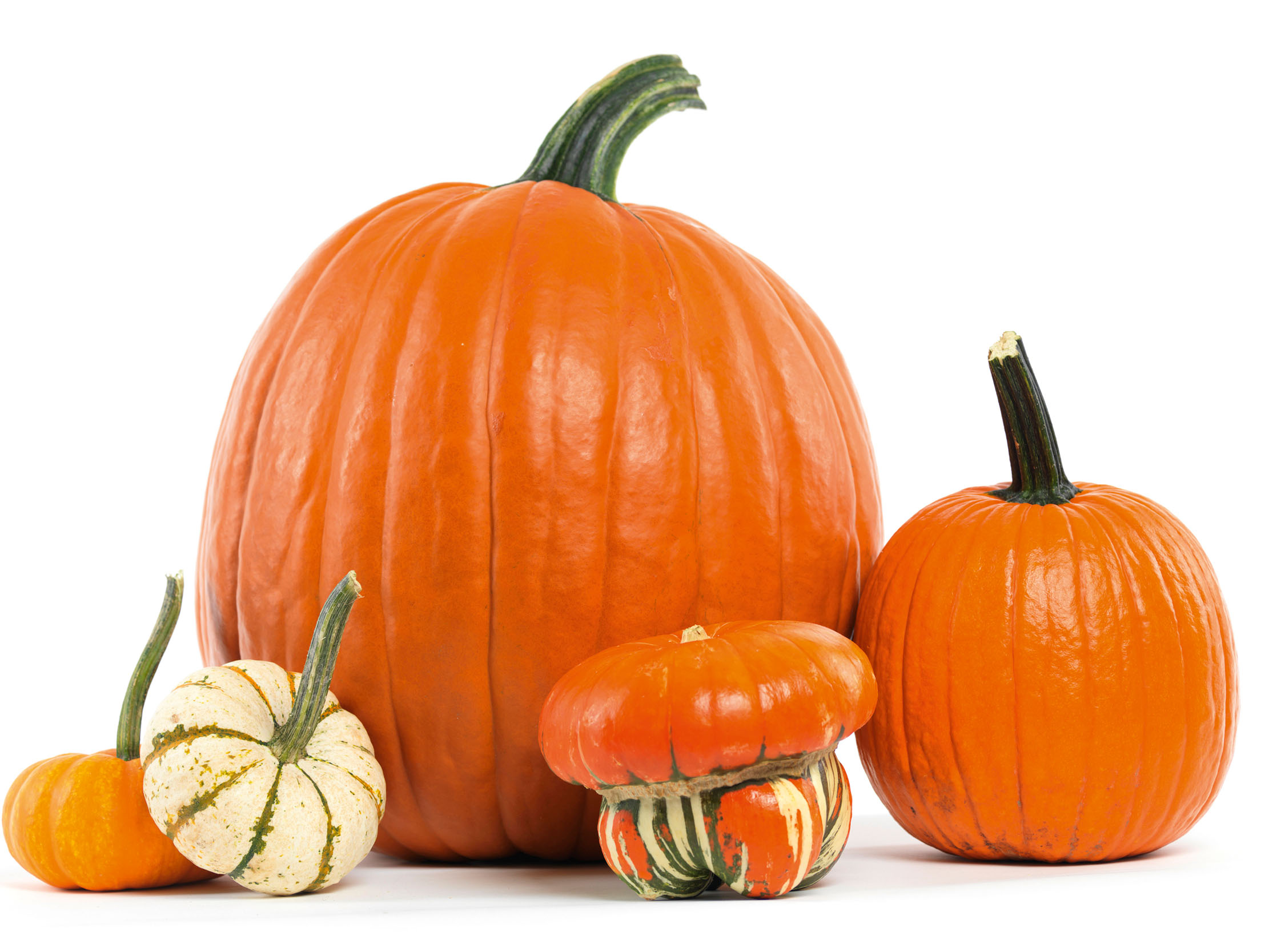
Some of this diversity comes from modern breeding, but many of these endless variations on a theme are the result of an extremely long cultivation history: there has been a lot of time and opportunity to diversify. Pumpkins may be one of the longest-grown plants, with one of the species, Cucurbita pepo, thought to have been plucked out of the wild to be nurtured in the first gardens as early as 7,000BC. The first cultivated pumpkin seeds were found by archaeologists in the Oaxacan highlands of Mexico — the plants are native to northern Mexico and the southern US.
Pumpkins and winter squashes were first grown by indigenous Central and North Americans, often as part of the ‘three sisters’, together with corn and beans. These plants thrive when grown together, the beans scrambling up the corn, the pumpkins mulching the ground. The whole planting is left to dry out at the end of the growing season and harvested as one. As the cucurbits spread throughout the US and were taken to Europe and beyond, new varieties arose and were stabilised by farmers. A great wealth of beauties and oddities grew up.
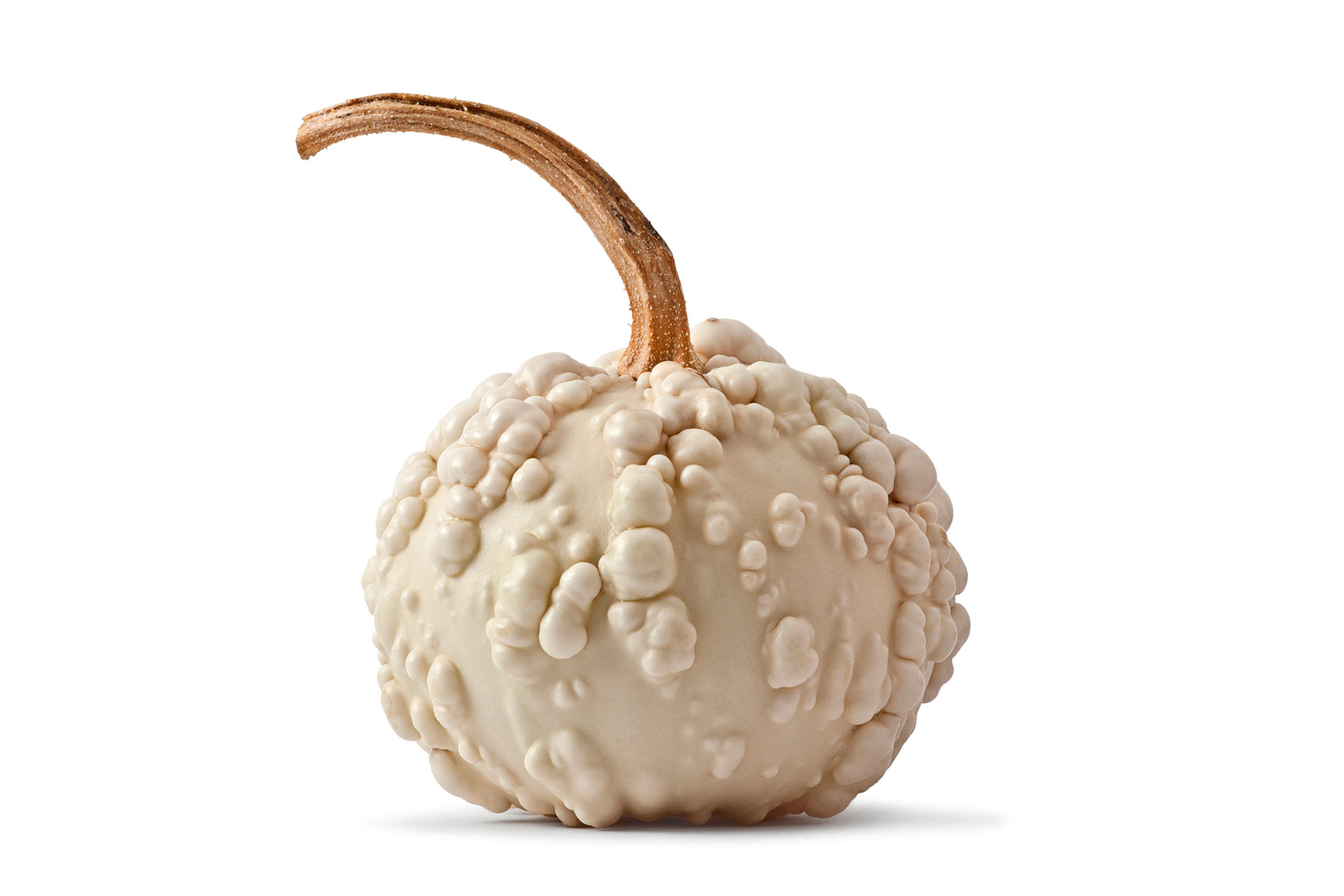
America is also the reason we have so many gourd record breakers. The practice of growing huge pumpkins grew out of US agriculture, as farmers attempted to increase yields. Competitions sprung up as part of local pumpkin festivals, many of which continue to this day. Giant pumpkins are the descendants of a different strain of wild pumpkin, Cucurbita maxima, from South America, where they were the food of giant ground sloths — hence their size.
‘Mammoth’ has been the cultivar of choice for competition growers since 1834 and prize-winning strains of seed are treasured and change hands for high prices, in the hope of producing a colossus — not least because the passion for giant pumpkin growing has since spread from the US across the globe. The current Guinness World Record holder is Stefano Cutrupi from Radda in Chianti in Tuscany, Italy, who exhibited his pumpkin on September 26, 2021: it weighed in at 1,226kg (2,702lb 13.9oz) — roughly the weight of three grand pianos.
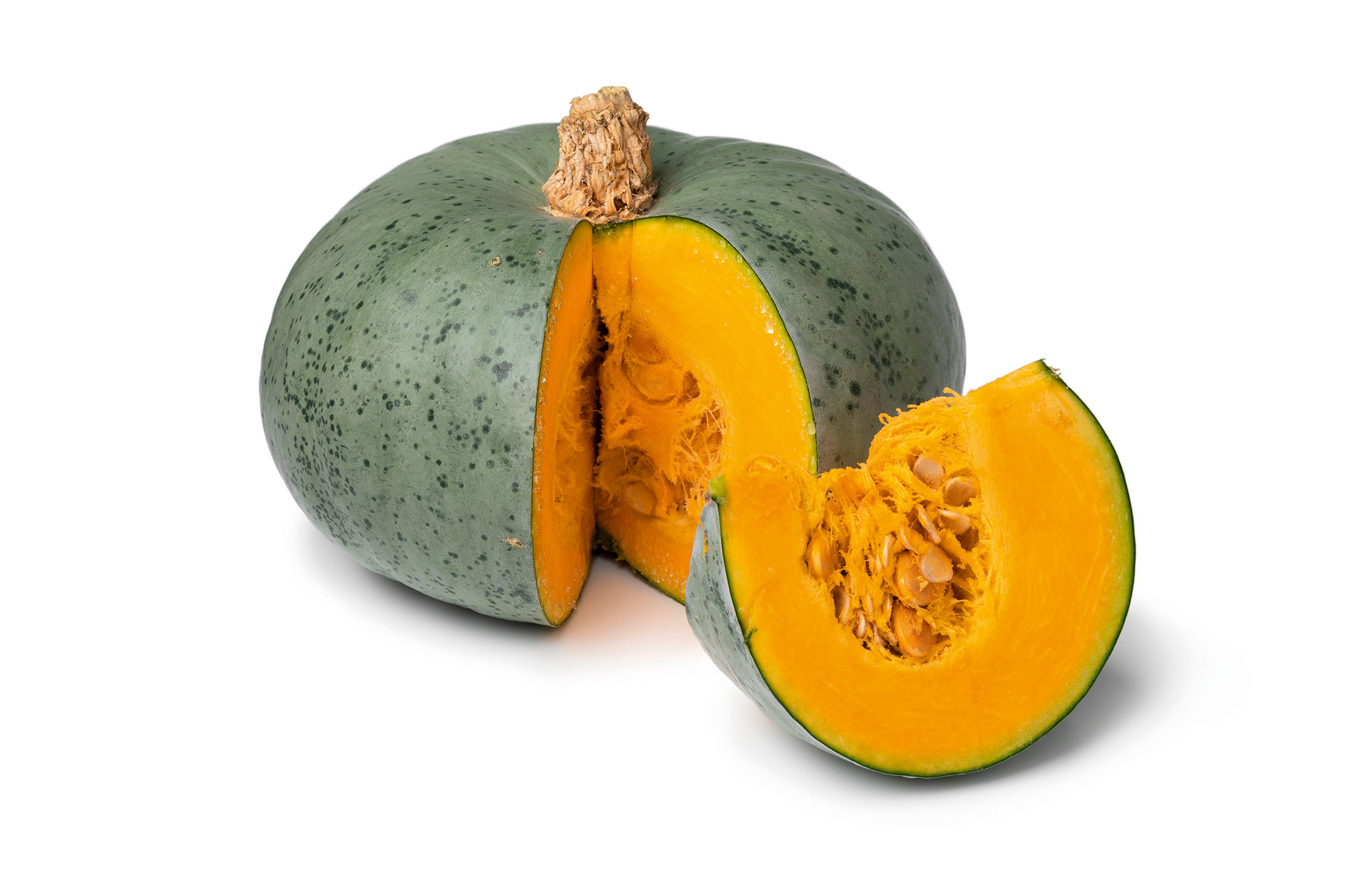
Their size might be one of the reasons pumpkins and squashes are so prevalent in folklore and art. We simply love the idea of climbing into a massive pumpkin, as nursery rhyme Peter, Peter Pumpkin Eater suggested as early as 1797:
Exquisite houses, the beauty of Nature, and how to get the most from your life, straight to your inbox.
Peter, Peter pumpkin eater, Had a wife and couldn’t keep her, Put her in a pumpkin shell, And there he kept her very well.
Cinderella’s carriage was initially a normal — if beautiful — carriage that turned into a pumpkin at midnight, rendering it useless, but many depictions of it over the ages have shown it as pumpkin-shaped. The inspiration for many of these images may have come from French heirloom variety ‘Rouge Vif D'Etampes’, which has a flattened shape with deep ribbing. The modern variety ‘Cinderella’s Carriage’, descended from ‘Rouge Vif D'Etampes’, has an even more pronounced, elegant carriage-like shape.
In art, pumpkins and squashes, with their beautiful, rounded, warty and bountiful forms, have long been a feature of still-life paintings, catching the eyes of Caravaggio, van Gogh and Munch, among others, all of whom made studies of their bulbous forms.
But the artist that’s perhaps most closely associated with pumpkins today is Japan’s Yayoi Kusama, for whom they have become a motif.

Her abstracted, Pop-Art pumpkins — some neat and round, others sprawling and bulging at the base, like those competition winners — have featured in her celebrated mirrored Infinity Rooms and as sculptures and paintings. In a catalogue note for a piece auctioned at Sotheby’s, she explained her passion for all things cucurbit: ‘I love pumpkins because of their humorous form, warm feeling, and a human-like quality.’

And, of course, pumpkins are also the vegetable that brings out the artist in many of us in autumn. Although most carvings are basic Jack o’lanterns, pumpkin art has come a long way. Some artists have even made their name (and a living) by carving pumpkin: through their company Maniac Pumpkin Carvers, Marc Evan and Christ Soria undertake hundreds of commissions each autumn, including an annual one from New York’s Museum of Modern Art to reproduce one of its works of art on a humble cucurbit. It’s fitting that having accompanied humanity through its early forays into agriculture, pumpkins and squashes continue to fire our imagination today.
Lia Leendertz’s latest book, ‘The Almanac, a Seasonal Guide to 2024’, is out now
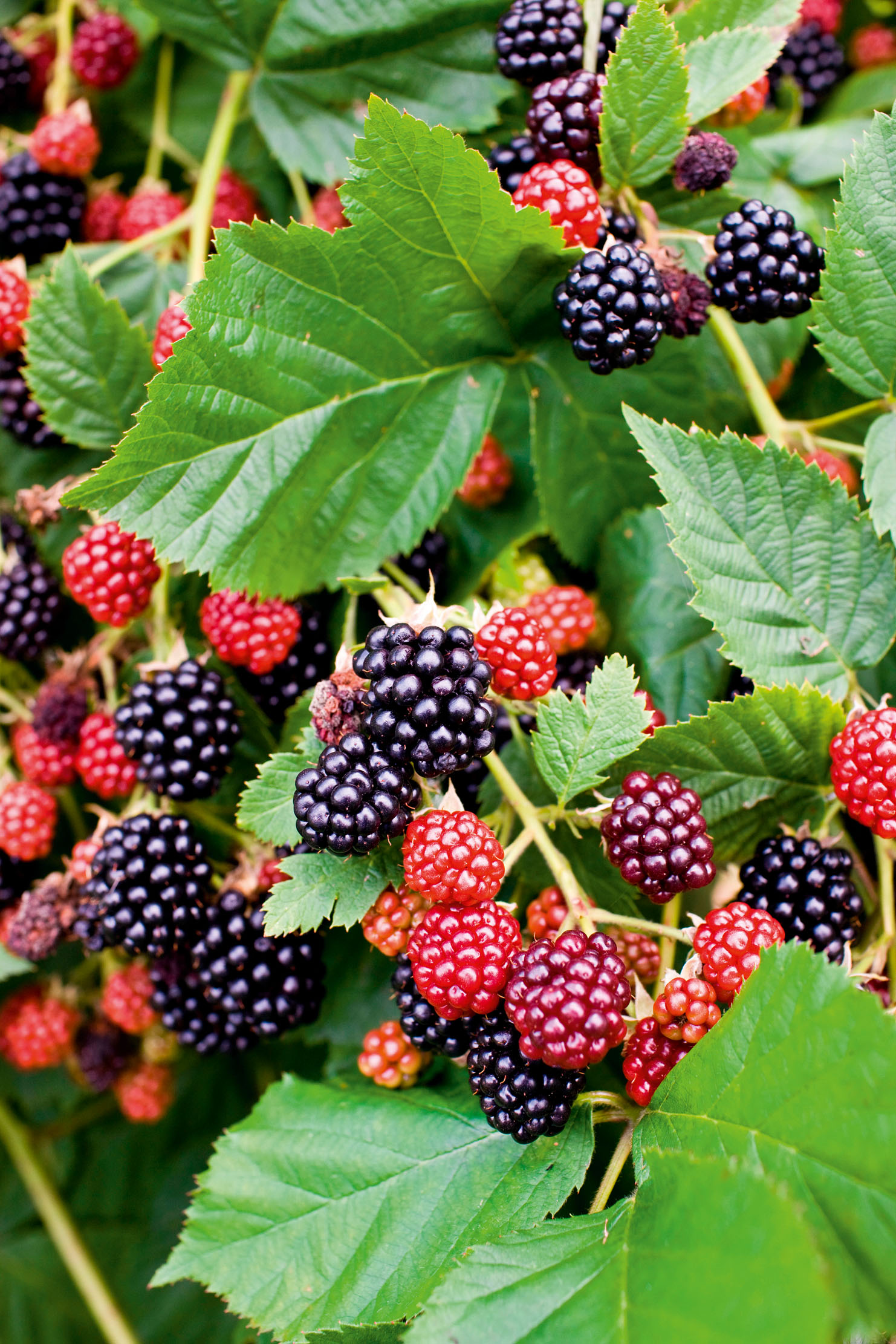
Why has it been a bumper year for British berries?
The sunny, yet wet summer might have been a dampener at the time, but the resulting autumnal berry haul is
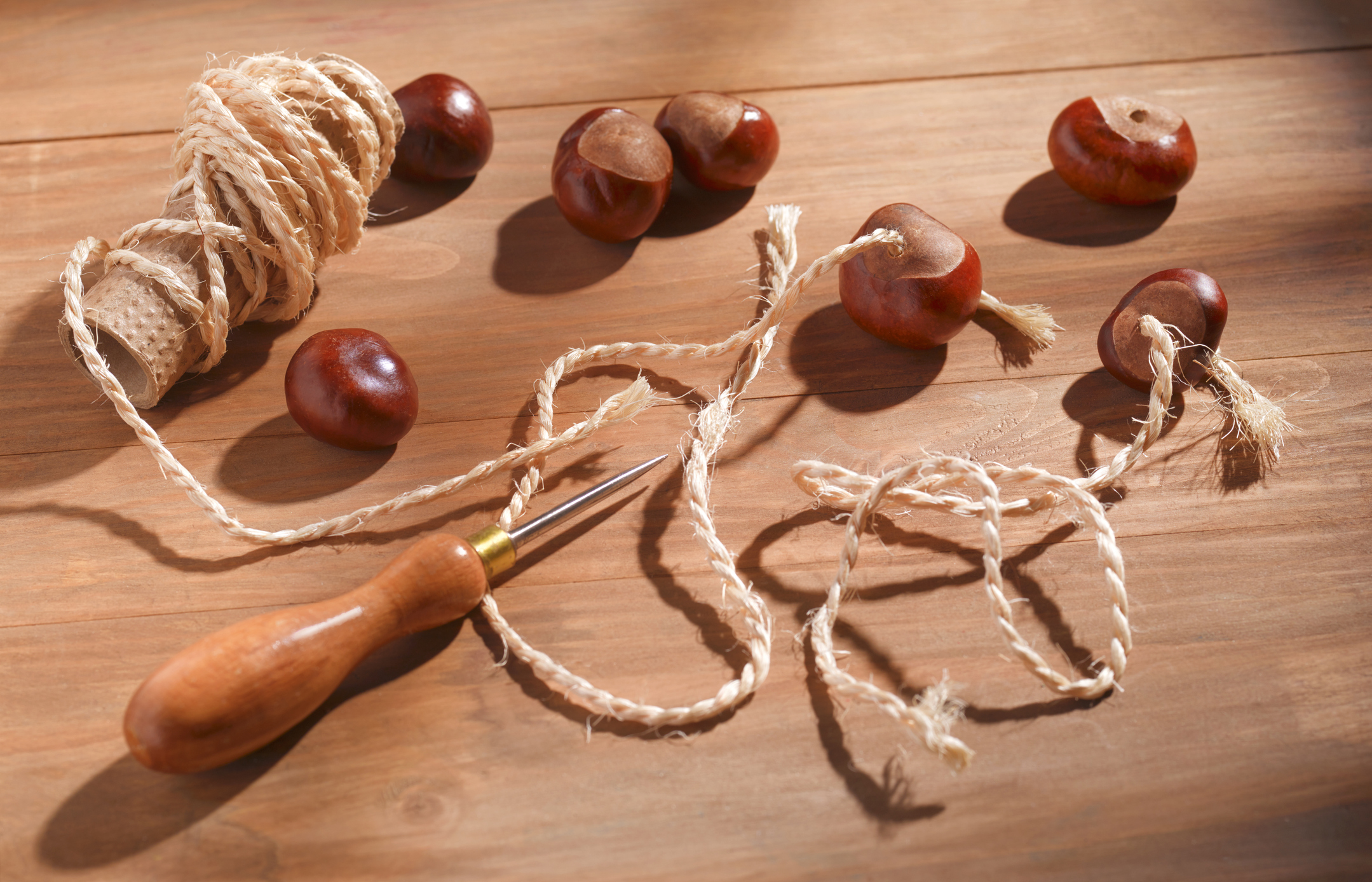
Credit: Getty
How to win at conkers
Few games rival conkers for sheer excitement. Simon Lester ponders the merits of round-topped nuts versus flat-sided cheesers and exposes
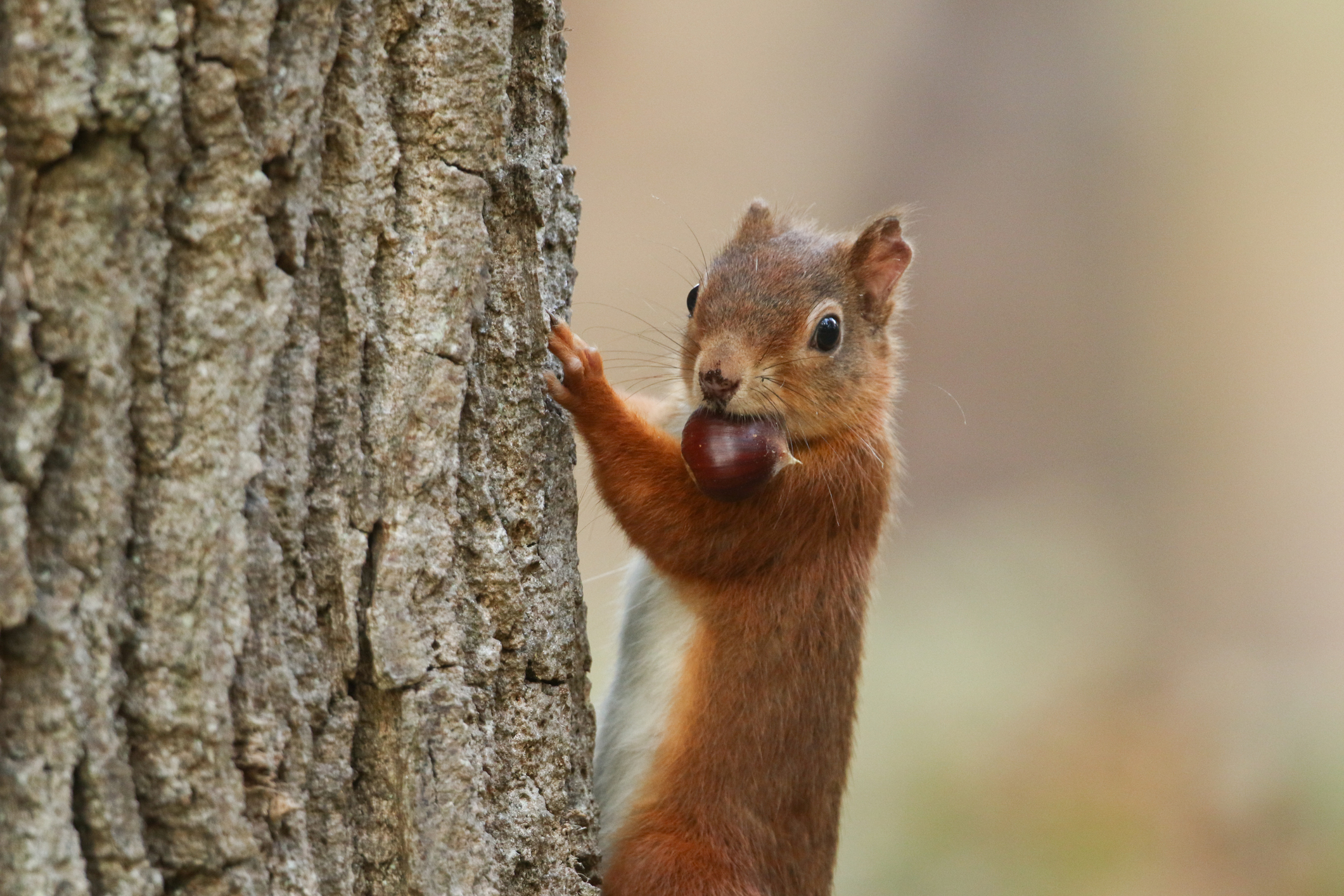
John Lewis-Stempel: Why autumn is the time to go nuts
Whether enjoyed as a healthy snack or deployed as the playground weapon of choice, nuts are versatile, abundant and plentiful
Country Life is unlike any other magazine: the only glossy weekly on the newsstand and the only magazine that has been guest-edited by His Majesty The King not once, but twice. It is a celebration of modern rural life and all its diverse joys and pleasures — that was first published in Queen Victoria's Diamond Jubilee year. Our eclectic mixture of witty and informative content — from the most up-to-date property news and commentary and a coveted glimpse inside some of the UK's best houses and gardens, to gardening, the arts and interior design, written by experts in their field — still cannot be found in print or online, anywhere else.
